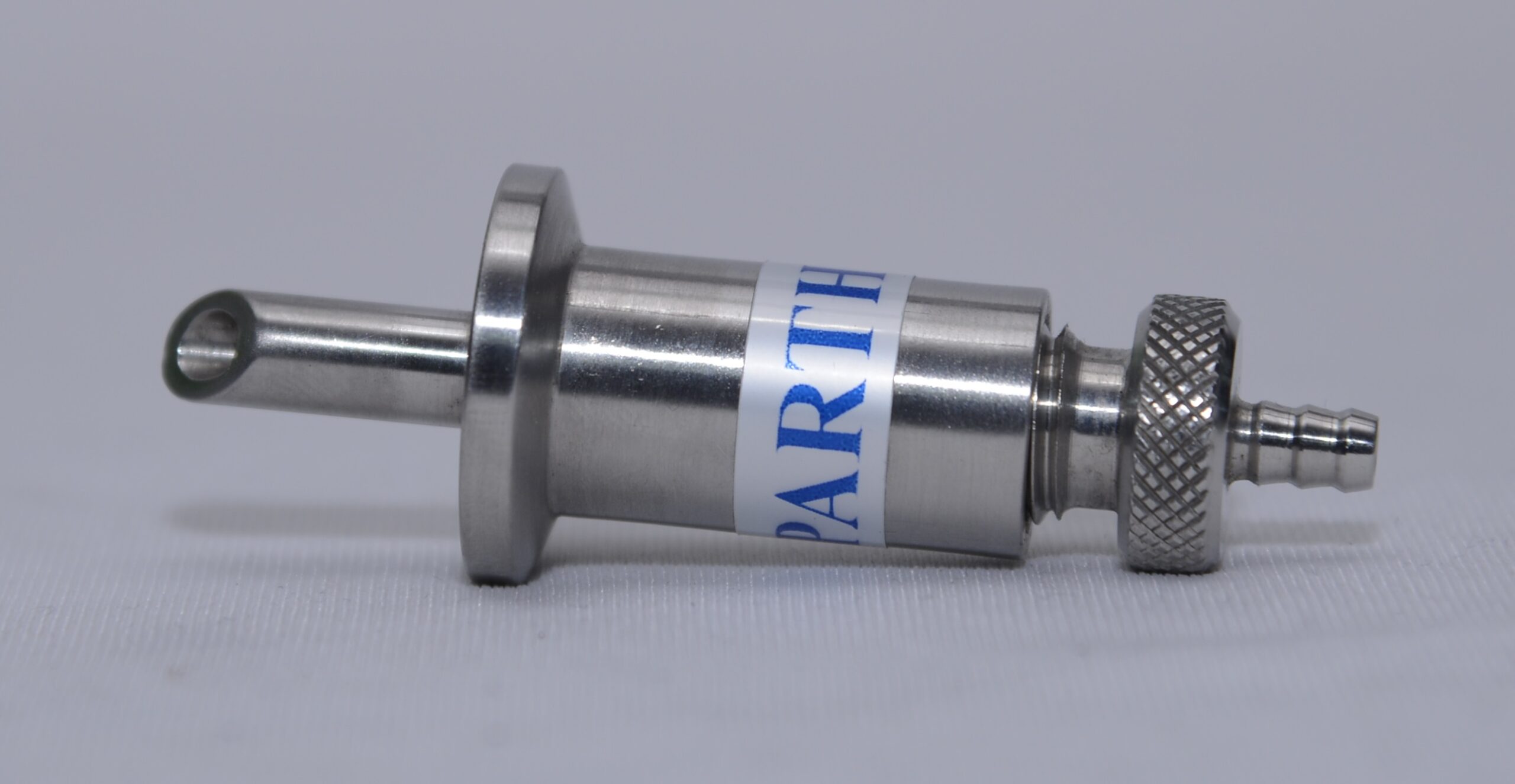Introduction:
In the expansive world of industrial processes, sampling valves are indispensable instruments, ensuring precision, accuracy, and reliability. However, within this realm, myths often shroud the understanding of these crucial components. This blog unravels common misconceptions about sampling valves, shedding light on the stark contrast between myths and the actual realities governing their optimal use.

Sampling Valves
1. All Sampling Valves Are The Same:
Myth: A prevalent belief suggests that all sampling valves are identical.
Reality: In truth, sampling valves come in various types, each meticulously designed for specific applications. Factors such as the type of fluid, pressure conditions, and the intended use in the industrial process dictate the choice of valves.
2. Sampling Valves Always Cause Contamination:
Myth: Some fear that the use of sampling valves introduces contaminants into the process.
Reality: When properly designed and maintained, sampling valves can be constructed with materials that resist corrosion and are suitable for hygienic applications. Clean-in-place (CIP) capabilities further ensure thorough cleaning, minimizing the risk of contamination.
3. Sampling Valves Are Maintenance-Free:
Myth: A common misconception is that sampling valves require no maintenance.
Reality: Like any mechanical component, sampling valves benefit from regular inspection and maintenance. This includes checking for leaks, verifying proper functioning, and, if necessary, replacing worn-out parts.
4. Sampling Valves Always Result in Product Loss:
Myth: There’s a misconception that using sampling valves leads to product loss during the sampling process.
Reality: With proper design and execution, modern sampling valves can minimize product loss. Techniques such as closed-loop sampling and purge sampling help reduce waste, allowing for accurate sampling without significant product loss.
5. Sampling Valves Are Only for Liquid Samples:
Myth: Some hold the belief that sampling valves are exclusively for liquid samples.
Reality: In truth, sampling valves are versatile and can handle gases, powders, and dense materials. The key is selecting the appropriate type of sampling valve designed to handle the specific properties of the material being sampled.
6. Sampling Valves Compromise System Integrity:
Myth: There’s a misconception that installing sampling valves compromises the integrity of the entire system.
Reality: When properly integrated and maintained, sampling valves can seamlessly fit into existing systems without compromising their overall integrity. Proper installation and adherence to industry standards are crucial for maintaining system reliability.
7. All Sampling Valves Are Expensive:
Myth: Cost concerns often lead to the myth that all sampling valves are prohibitively expensive.
Reality: The cost of sampling valves varies based on factors such as material, design complexity, and specific application requirements. While high-quality, specialized valves may have a higher upfront cost, they often provide long-term cost-effectiveness through reliable performance and reduced maintenance needs.
Conclusion:
Demystifying these common myths about sampling valves is essential for gaining a clear understanding of their optimal use in industrial processes. Recognizing the stark contrast between myths and realities ensures informed decision-making, enabling the effective utilization of these indispensable tools in various settings where precision and reliability are paramount.
Know More:-
www.parthvalve.com/sampling-valve
